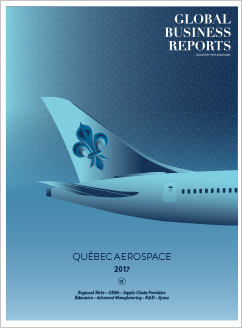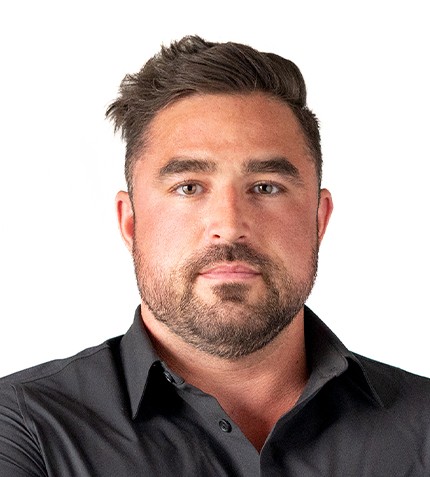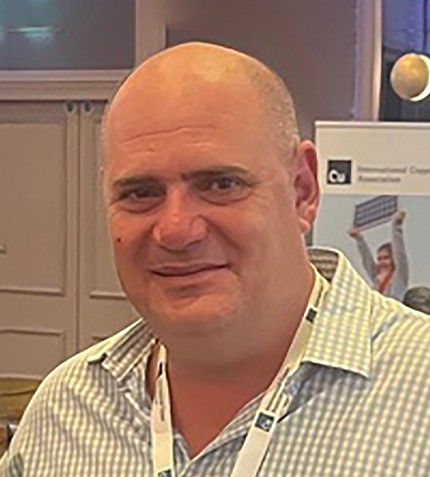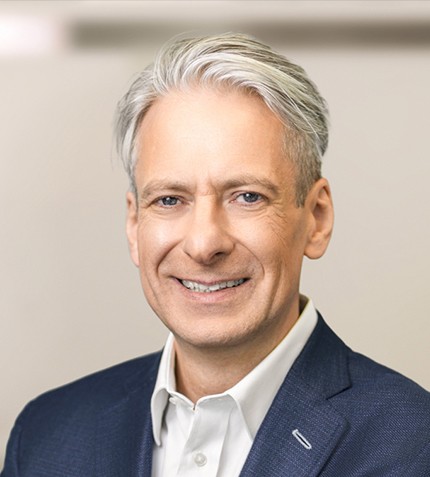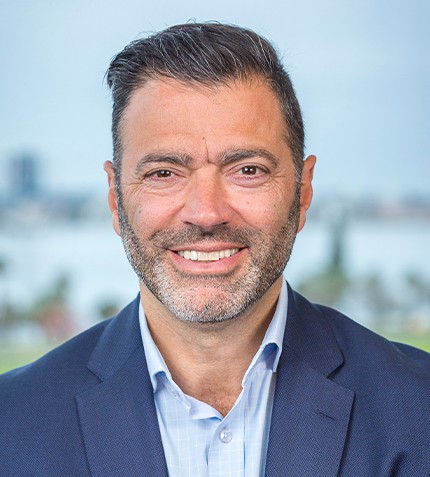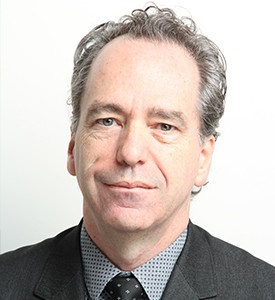
GE Aviation is a provider of commercial, military and business and general aviation jet and turboprop engines and components as well as avionics, electrical power and mechanical systems for aircraft.
RELATED PUBLICATION
ARTICLES FROM THIS PUBLICATION
- Interfacing with Industry: Québec’s Universities Fortify Aerospace Activity
- Driving Efficiency to Increase Competitiveness: Québec’s Service and Equipment Providers
- The Big Four and the Competitiveness of Québec’s Aerospace Supply Chain
- Banding Together: Québec’s Innovation Ecosystem
- Aerospace in Québec: The Case for an Industrial Policy
- A New Order: Québec’s Supply Chain Reaches Turning Point
- Québec’s Aerospace 4.0: A Solution to Cost Pressures?
- Quebéc Aerospace: Education
- Safety First
Alain Ouellette
OPERATIONS DIRECTOR, GE AVIATION
Since we met in 2015, what have been some of the major developments at the company’s Bromont facility?
GE Aviation’s Bromont facility has recently agreed to a five-year grant proposal with Investissement Québec. The first component of the new grant is next-generation turbomachinery that we have been working on with Airbus, Boeing and Comac. This facility is involved in the LEAP 1A, 1B, and 1C engine and the investments over the next five years will be to support its entry into service. The second component is product manufacturing. The third component involves financially supporting our engineering business entities at the site to develop their capabilities, especially in vibration analysis. Québec will be supporting our global competitiveness with a grant of approximately $12 million over the next five years. We will use some of that funding for product manufacturing and to become more R&D-focused for the next generation of GE’s automation deployment.
We are migrating from CFM production, a technology of the 1980s, into our 2017 technology, LEAP. There is a huge difference between their manufacturing processes. LEAP has more technology on the engine, resulting in higher performance than CFM, and includes the first additive part for fuel nozzles, making it 15% more fuel-efficient. LEAP also has ceramic matrix composites (CMCs) and an enhanced compressor; all the compressor hardware for LEAP comes from this facility.
The Bromont facility is highly automated. In what ways is GE Aviation driving progress in this area and what are the main advantages?
We consider automation to be one of the major components for improving health, safety, quality and cost, which all impact deliveries. Although companies began to implement automation in the 1980s and 1990s, we now have a better understanding of automation and how it can best support aviation needs. The cost of automation today is also much lower than previously and processes are more flexible, manageable and widely available. The mission of our team is to help our industry understand where automation makes sense.
High-volume applications always bring a better return on investment. Therefore, we see greatest focus on high-volume parts and areas with tough environments such as additive manufacturing. Other focus areas are health and safety, quality, repetitive motion and in error-proofing operations. We view inspection as an area where automation will bring a lot of changes because digital data storage has become a lot more affordable.
A great deal of breakthrough innovation is coming from universities and SMEs. Does GE take advantage of other sources of innovation across the industry?
GE collaborates on many fronts. Since 2014, we have added a prototype group at the GE Aviation facility that does process development for compressor hardware. We work with local and U.S. SMEs and other vendors internationally. For example, GE Aviation partnered with Québec-based AV&R to bring some LEAP technology to the right level for our needs.
Many SMEs are struggling to compete due to cost pressures and demands for more integrated services. Could this jeopardize the innovation ecosystem in Québec?
If Québec wants to keep its place as the third-largest aerospace hub in the world, we need to look at what the industry is demanding today. It is pushing for more automation, innovation, R&D, additive manufacturing, composites and digitalization. This change does not put Québec in jeopardy, but we need to think about how we will survive and keep our place in the new environment. It is a question we need to ask ourselves every day. Québec and Canada have a great R&D ecosystem. We have a strong university network and research centers, but the support needs to be industry-led. As the industry, we are in the best position to identify and address the need.
With significant operations in the United States, how is business segmented between the different markets?
We cannot focus on the Canadian market because we do not provide a finished product. However, we are trying to highlight Québec and Canada as a place to do business and our vision is to have a bigger manufacturing presence in Québec. We need to be competitive with technology and innovation to stay ahead and we take advantage of Québec’s strong ecosystem of SMEs, universities, academia and government support.
Meanwhile, our sales force is focused in our U.S. counterparts and, whilst there is a degree of uncertainty surrounding the United States right now, our CEO has positioned us as a global company. We sell worldwide, so we cannot restrict our activities. We need to follow our customers and businesses and adapt to the environment.
What are the next areas of innovation on the horizon for GE?
LEAP is a big focus and GE9X is another. We are investing a huge amount into additive manufacturing and CMCs on the GE9X, slightly modifying the architecture to improve performance. At the same time, we have the Advanced Turboprop (ATP) in Europe where additive manufacturing will be a big game-changer. With ATP, we will replace over 800 parts with only 15 as additive manufacturing allows us to combine multiple parts into one. Additionally, the military side of the business will likely take off between 2020 and 2022.
We are working hand in hand with GE’s Global Research Center in Niskayuna and are very excited about the prospects for Artificial Intelligence (AI). We have a lot of data available but lack the power to analyze everything to make decisions. In the future, we will be a more connected facility and AI will bring the computing power to allow us to make decisions on analyzed data on a continual basis. It will lead us to do things differently and better.
What are the objectives for GE Aviation over the next few years?
In three to five years, our LEAP ramp-up should be completed and we will be looking at a cleaner, quieter engine for the next generation. Airlines are always asking for an engine with lower fuel consumption. With LEAP, GE9X, and ATP coming, the next five years will be very dynamic.




